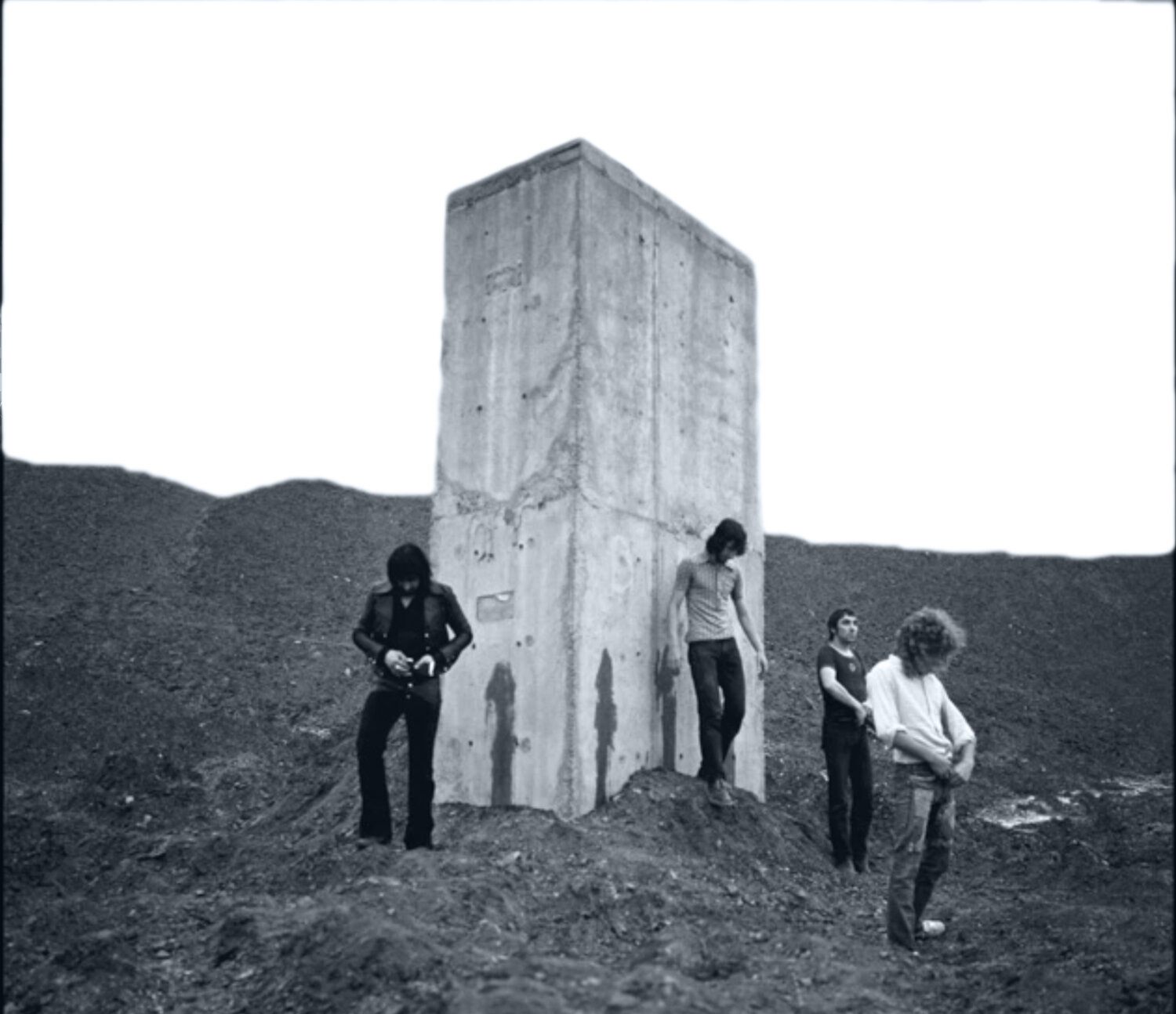Amnorrageordie
Midfield
Get carter was Blackhall, however, in the closing scenes the camera pans north and you can see dawdons towers in the distance. Not sure of who's next.Really? I didn't know about the settlement.
As well as Get Carter and Alien 3 being filmed there did you know that the cover photo of Who's Next was also shot there?


